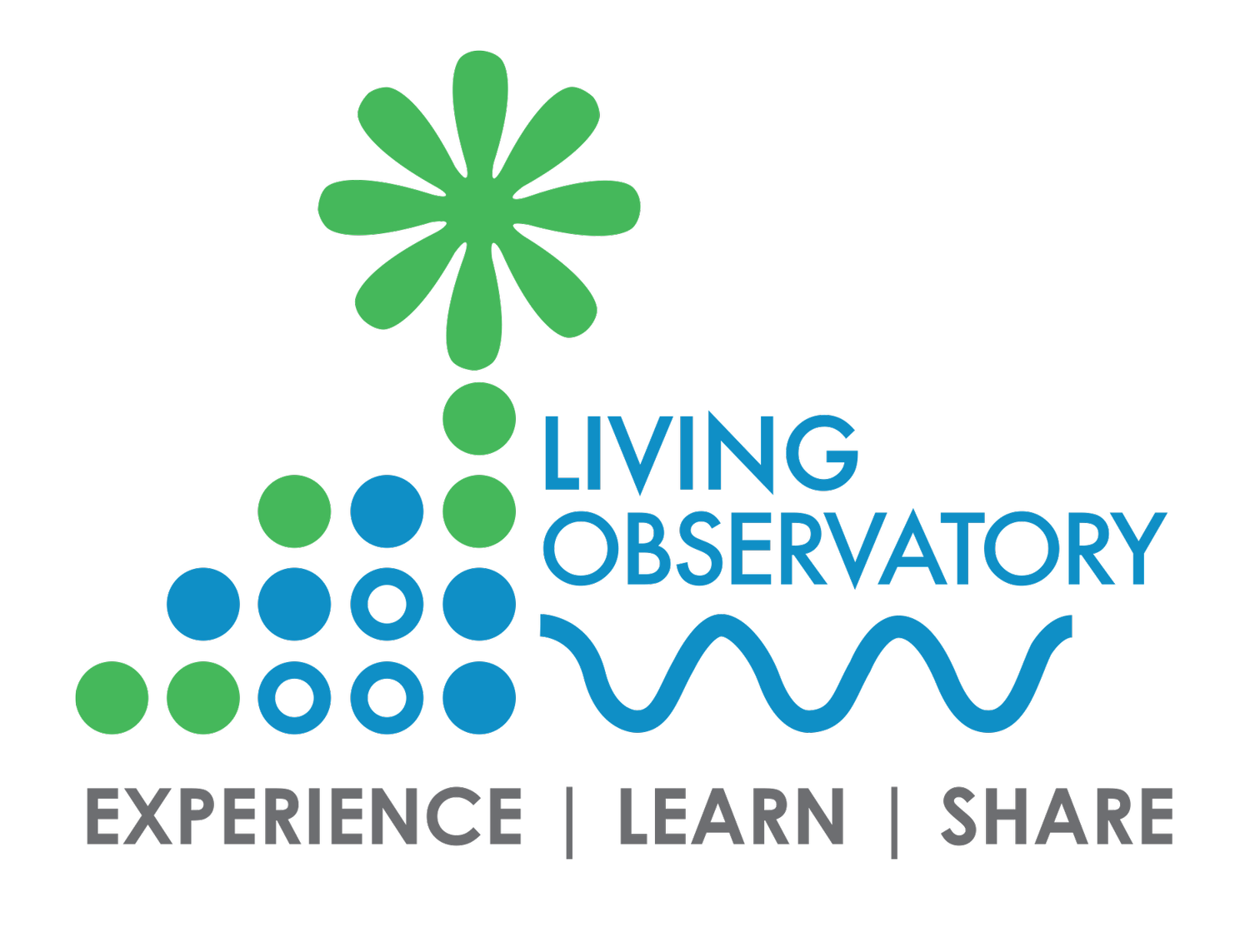23 Mar, 2015 Author: Glorianna Davenport
Sensor re-deployment, April 2, 2015
On March 21st, we celebrated the vernal equinox, replete with a super-moon and a total solar eclipse. According to the dateandtime.com, there has not been a solar eclipse on either the March or September equinox since 1662! What does this mean for the season that lies ahead?
Danielle in thesis mode
Celebration is due to researcher Danielle Hare on two counts: on March 22, Danielle and Martin Briggs were married in Salt Lake City, Utah. Well done! Almost in parallel, Danielle got word that her Master's Thesis "Hydrogeological control on spatial patterns of groundwater seepage in peatlands" (MS #1161) was accepted and is now available here. Danielle was one of the first graduate students to focus her thesis work on Tidmarsh. A frequent visitor, Danielle worked with our interns, other U of Mass students and whomever else she could commandeer to lay out and pull up DTS cable. The thesis including gorgeous infrared FLIR images of some of the springs on-site offer a foundational investigation into the geo-hydrology of the site prior to the restoration. We intend to continue to expand the geo-science thread initiated here in the years to come.
A spring meeting for our research team was held at MIT on March 13. At this meeting, Alex Hackman (Division of Ecological Restoration) discussed the expected schedule; he expects on the ground earth moving will begin in early summer and continue into early 2016. Almost all the research teams presented updates.
As always, spring brings rapid change to the surround; birds we have not seen for months flock to our garden feeder. In these last days of March, a volunteer spots a snowy owl atop a pile of retreating snow, and crossing a patch of woods, I encountered my first woodcock of the season! Meanwhile, seeds gathered in the fall are now ready for planting and our basement is filled with trays, makeshift lights, and moisture. Soon all of these small green beings will move to a protected space in the green house and then, as weather permits to field sites, where they will continue to mature.
And then on April 2, the snow retreats sufficiently for the MIT gang to return and redeploy the upgraded sensor set. You can explore the experience here. Meanwhile more and more large wood arrives.
More wood arrives daily










